Campari Headquarters and residential complex
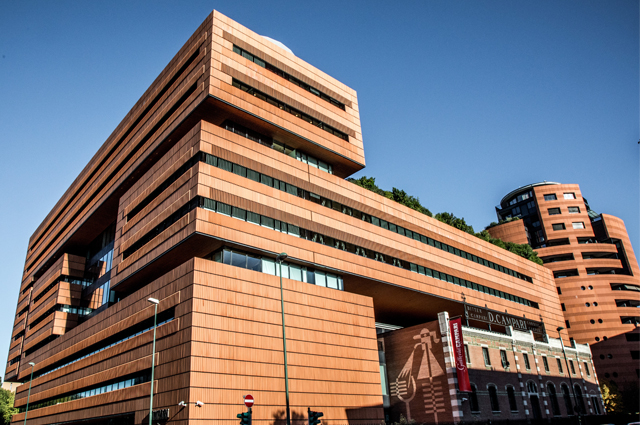
History and tradition are the key elements of the redevelopment project of Campari Headquarters in Milan.Viv applied powder-coated finishes on all the metal components
Campari redevelopment project involved an urban area in Sesto San Giovanni, on the outskirts of Milan. The history of this district is strictly connected to the company established in 1860 by Gaspare Campari, then took over by his son Davide.
The project included the construction of an office building in front of Viale Gramsci and Via Sacchetti, and residential towers in Via Campari. The rest of the area was devoted to an urban park.
Location: Sesto San Giovanni, Milan
Year: 2011
Forniture: Matt black class 1
Powder: GiColor
Applier: Verniciatura Industriale Veneta
Architects: Mario Botta e Giancarlo Marzorati
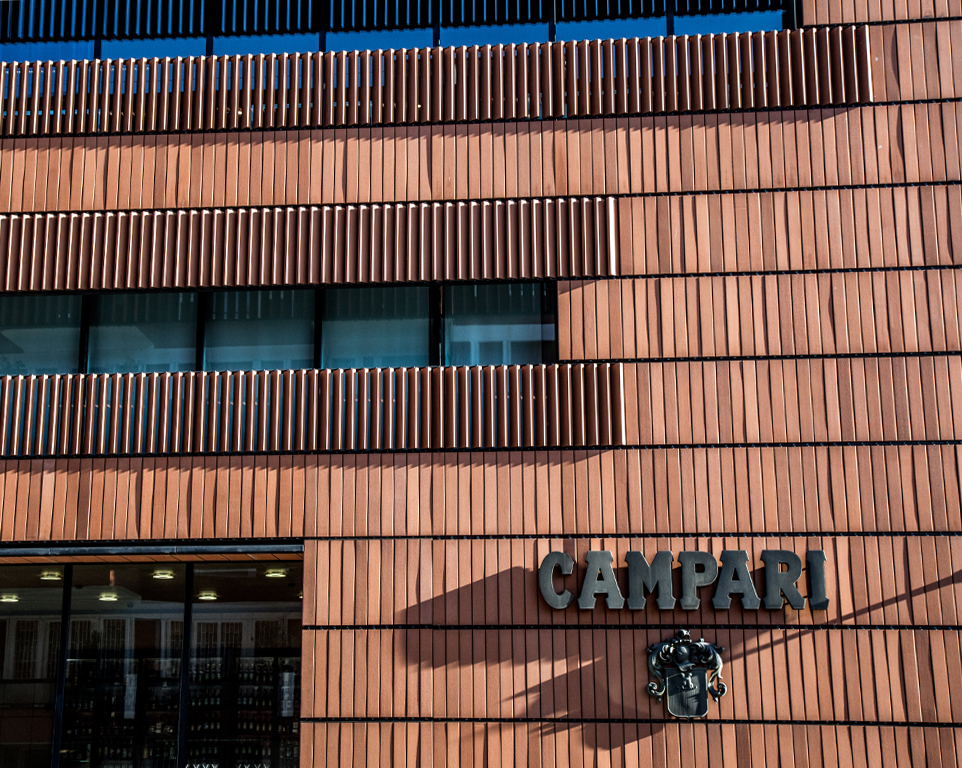
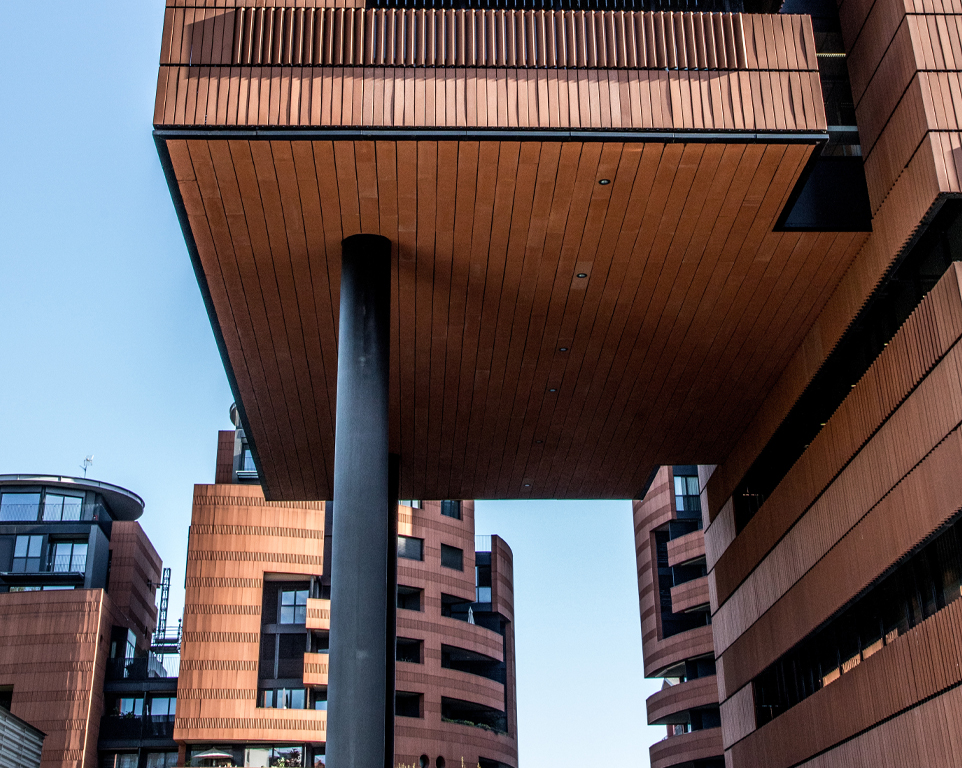
Don’t touch tradition
Campari old factory was reconverted to a museum, the Campari Gallery. As you can see in the photos, the structure hosts the management offices. If you want to have a look at the interiors, you can consult the articles of Archilovers and 967Arch.
High House, so called because of its noble origin, has been brought back to life, turning from an eighteen-century estate into a representative branch. The ground floor now houses a restaurant, while on the first floor there is the Academy, which offers classes for barman and customers.
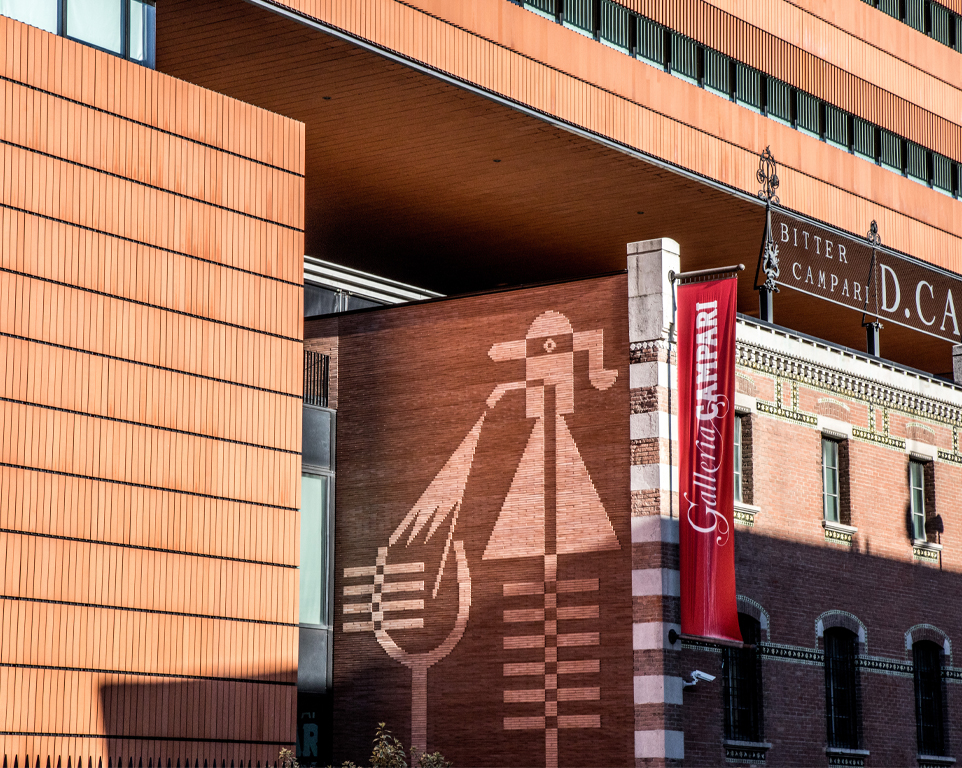
What the two design architects said about the project
The restyling was made by the two design architects Mario Botta and Giancarlo Marzorati. The intention was that of keeping the most important historical parts unchanged and renewing only some of the Sixties. Wallpapers, paintings and Liberty style elements, dating back to the early 20th century when Campari family acquired the villa and the surrounding lands to build the factory, were removed. High House features light colours and minimalist design.
Every architectural project is aimed at becoming part of a city. An autonomous structure, isolated and self-referential, is nonsense
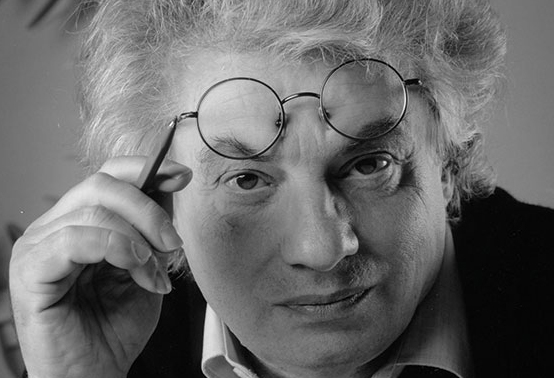
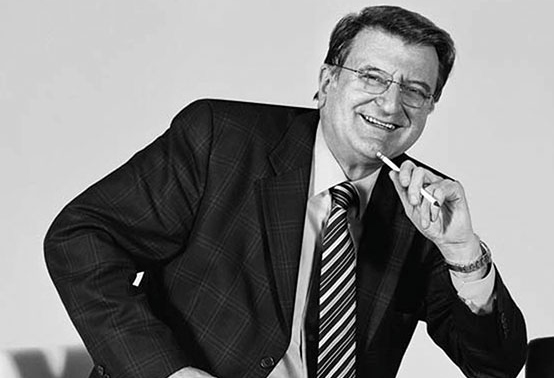
Proportions, symmetry and materials inevitably end up reintroducing tradition even where I want to use the language of transparency, of magic. In Campari Headquarters, an important historical entity in Sesto San Giovanni, the problem of “new” and “preservation” was solved by creating a balance between modernity and historical continuity.
Intervention
The double envelope façade of the office building consists of a mixed system with an external and an internal skin.
The inner skin is divided into two main components:
The spandrel fascia, which is 4.5000 mm wide and 1.200 mm high, is assembled in the factory and installed complete with supporting brackets for the external skin and the steel walkway grid (the average weight of each fascia is 550 kg).
The glazing (2.900 mm high from floor to floor) is a stick system with thermal break profiles, which allows the installation and disassembly of the double-glazed units from the inside of the building (the average weight of the inner skin is about 70kg/m2).
Find more info in Focchi Group website


Campari history
Established in 1860 by Gaspare Campari, the company of red and orange cocktails has its origin in the “Café dell’Amicizia”, a small bar in Novara acquired that year by Gaspare. When he died in 1882, one of his five sons, Davide, brought about radical changes that made the firm famous worldwide: from “Liquoreria Campari” to “Gaspare Gaspare Campari-Fratelli Campari successori” in 1902 and then again to “Davide Campari & C.”.
Davide invested a lot in communication: Fortunato Depero drew a great number of iconic posters and in 1928 designed the original small Campari Soda bottle. Other posters were realized by Marcello Dudovich, Marcello Nizzoli, Erberto Carboni, Leonetto Cappiello, Bruno Munari.
The first trademarks “Bitter” and “Cordial” were registered in 1888, together with the family coat of arms “…consisting of a shield adorned by the figure of two dogs in the act of being petted surmounted by a helmet with ornamental leafage”. Campari has changed its brand several times over the years, even radically, as it has voluntarily updated its design according to the prevailing art, fashion trends and tastes.

Campari has changed its brand several times over the years, even radically, as it has voluntarily updated its design according to the prevailing art, fashion trends and tastes.


